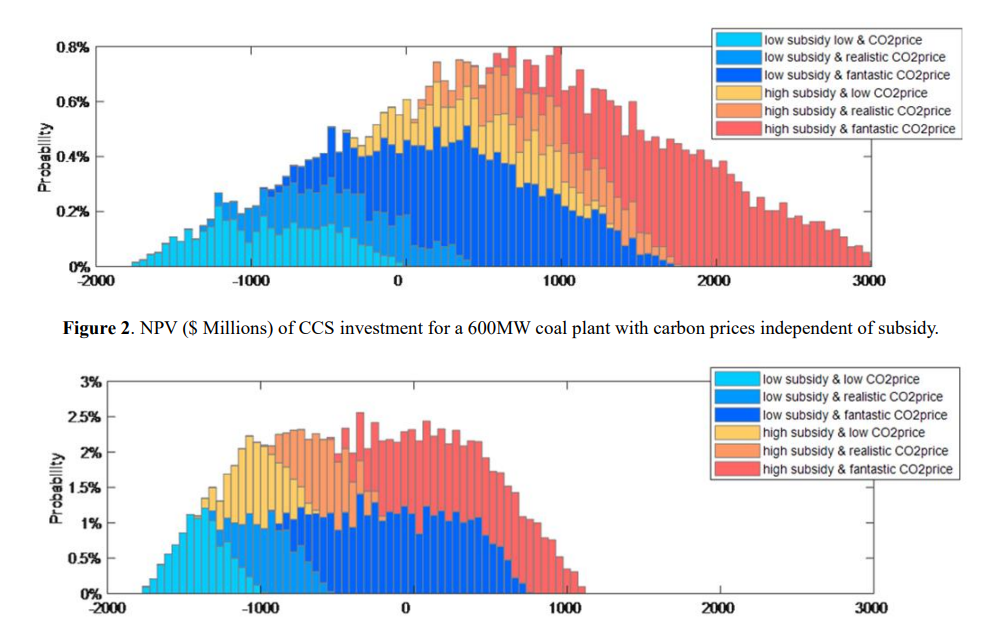First Steps Beyond Investment Models: Applying SimDec to Environmental Policy
The first application of the SimDec method outside investment analysis — a carbon capture and storage case — published in the inaugural issue of the Journal of Environmental Informatics Letters.

The first SimDec paper beyond investment models
The paper “Multi-Variable Simulation Decomposition in Environmental Planning: An Application to Carbon Capture and Storage” marked a milestone for the SimDec method — it was the first time SimDec was applied beyond investment modeling.
The idea came fast. A model from an earlier study raised a “what if” question: what happens if a carbon subsidy affects the carbon price itself? That curiosity turned the model into a perfect guinea pig for testing SimDec in a new domain.
The story behind the publication
Julian Scott Yeomans was invited to contribute to the first issue of a new journal — the Journal of Environmental Informatics Letters, where he served as one of the editors. The invitation arrived just as we were exploring how to extend SimDec’s use beyond business investment contexts. The timing was perfect.
Within a single weekend, we had a working application: a case study on a carbon capture and storage (CCS) project in China. It examined how subsidies and market carbon prices interact — and how those interactions affect project profitability under uncertainty.
What the study found
The model simulated a 600 MW coal power plant with CCS, considering different combinations of carbon prices and subsidies. Using SimDec, we decomposed the resulting Monte Carlo output into six scenarios, each showing a different mix of low, realistic, and high carbon prices and subsidies.
The results were striking:
- When the carbon price and subsidy were independent (as modelled in previous study), several combinations could make the project profitable.
- But when the two were correlated — when subsidies depressed the carbon price — almost all scenarios turned unprofitable.
The visualization made this effect vivid: stacked histograms showed how the color-coded scenario areas shifted from right (profit) to left (loss) once correlation was introduced.
Why it mattered
This work showed that SimDec is not just a visualization trick for investment models — it’s a general method for understanding multi-variable uncertainty. It helps reveal why outcomes change, not only how much they change.
By dissecting the interplay of factors like subsidies and market dynamics, the study illuminated how certain policies can backfire, undermining the very goals they aim to support.
A small start with big implications
From an impromptu “what-if” question to the first environmental application, this study opened a new chapter for SimDec. It demonstrated that the method could travel — from investment analysis to energy policy, and further into any field where uncertainty rules decisions.
